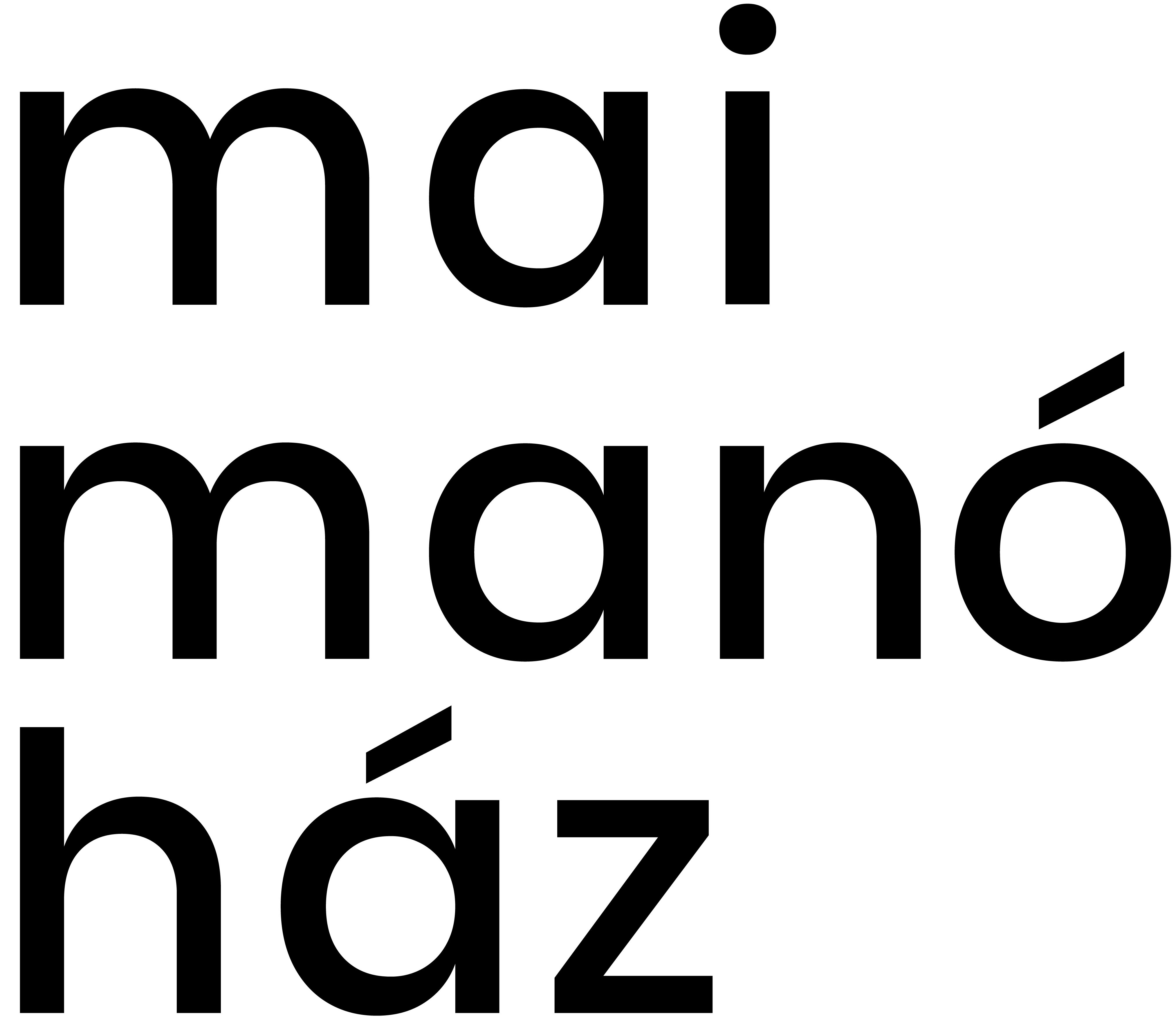Visible Absence – Book Launch and Guided Tour By William A. Christian, Jr.
The Visual Studies Platform at CEU, CEU Press and Mai Manó Ház cordially invite you to the launch of William A. Christian Jr.'s new book, The Stranger, the Tears, the Photograph, the Touch: Divine Presence in Spain and Europe Since 1500, followed by a guided tour offered by the author of Mai Manó House’s recently opened exhibition Visible Absence. The exhibition showcases postcards and photos from William A. Christian Jr.'s personal collection, which depict people along with divine beings or absent loved ones. The book will be presented by Vlad Naumescu, Associate Professor at CEU's Department of Sociology and Social Anthropology.
Free entry.
Venue: Mai Mano House, Daylight Studio
Date: Thursday, May 4, 2017 - 5:30 pm
ABOUT THE BOOK:

The Stranger, the Tears, the Photograph, the Touch presents and comments on an extensive set of religious and personal photographs and illustrations that depict people along with divine beings or absent loved ones. First, Christian examines the periodic appearances of Christ-like strangers in the Spanish countryside through the vision of a woman in La Mancha in 1931. Then he considers the long history of images with liquids on them not only for early modern Spain, but also in the United States, Italy, and France in the 1940s and 1950s. The third and most extensive chapter addresses the iconography of illustrated depictions of divine and spirit beings in conjunction with humans and how its conventions were incorporated into commercial postcards and personal photographs, culminating in photo montages of families and their absent soldiers in World War I. The fourth chapter compares the electric moments in Spanish communities when people ritually come into physical contact with saints and with animals, or transform themselves into saints or animals for ritual purposes. This last chapter is accompanied by the color photographs of Spain’s preeminent documentary photographer Cristina García Rodero. The Stranger, the Tears, the Photograph, the Touch provides new ways of thinking about the intersections of the gods and the humans, and how we depict them and act them out. While of particular interest to scholars of religion, anthropology, art history, and theater, as well as the specialists in the Great War, it offers moving reflections about human experience for everyone.
ABOUT THE EXHIBITION:
Imitating the commercial postcards, studio photographers in the first decade of the twentieth century settled especially on a particular spatial arrangement, to indicate absent loved ones. They placed the persons present on a lower level and those absent on a higher level and skewed to one side. This arrangement followed conventions from religious art of humans having visions of saints, and depictions of persons beseeching religious images in votive paintings.
With World War I, the separation of millions of families from soldiers in imminent risk of death sharpened the need for joining the absent with the present. Across Europe there was a massive expansion of commercial postcards, and a popularization of combined images in personal photographs.
The virtual reunion in photographs of those present with those absent showed the power of this relatively new medium to capture and express affection. The images in this exhibit, many of them reminiscent of holy cards, remind us how much photographs had by the First World War become iconic in nature, complementing or replacing religious statues or pictures on the commode, on the writing table, or by the bunk or bedside. Soldiers, prisoners, family members hold photographs, stand next to photographs, juxtapose themselves with photographs as the next best thing to their absent loved one. With light, chemicals, and paper, people held together what warring nations, economic migration, and sickness threatened to pull apart forever.
